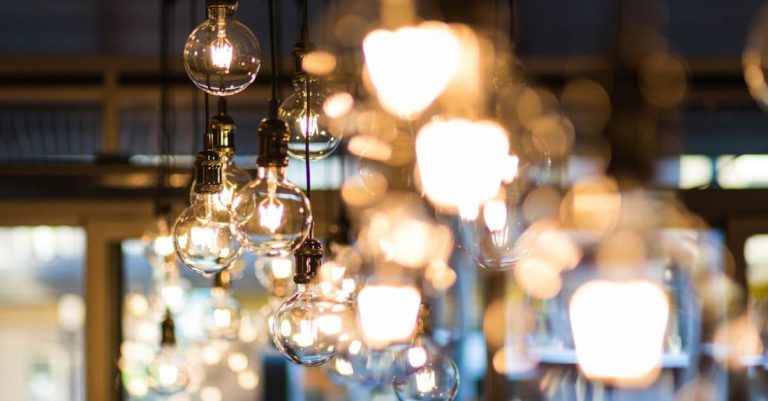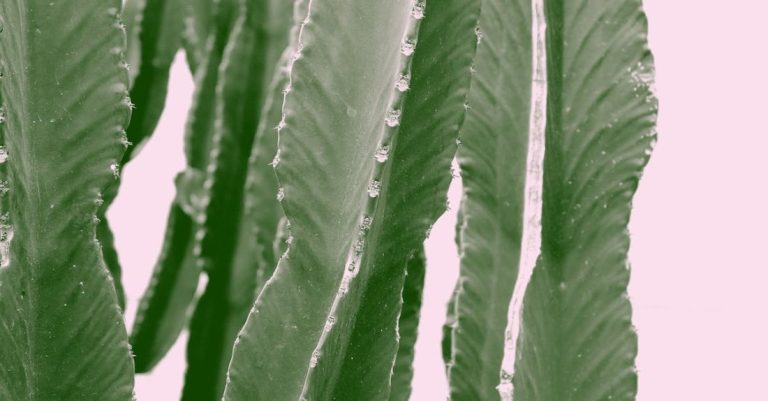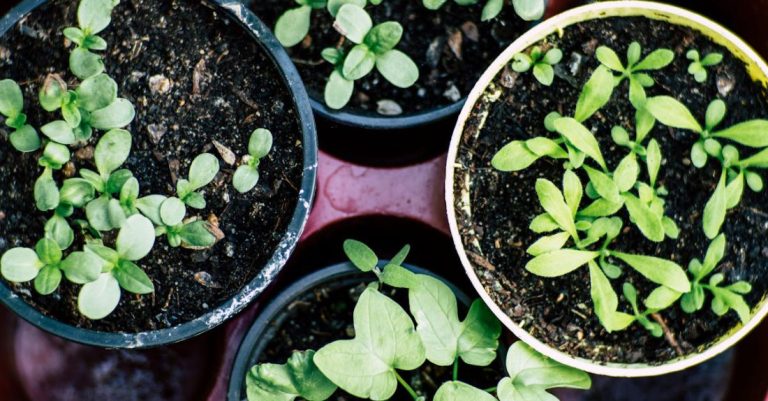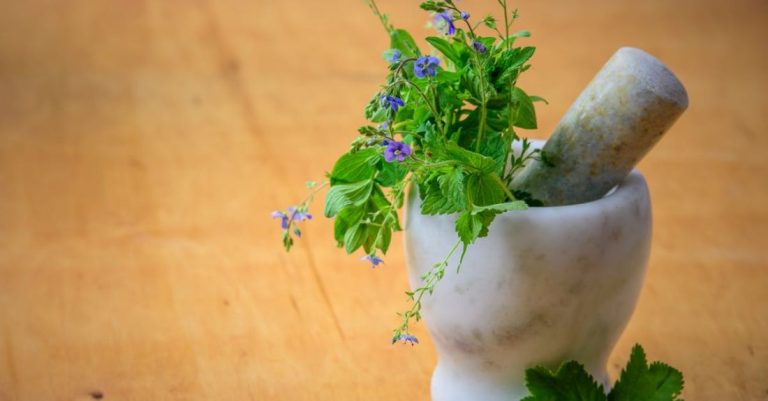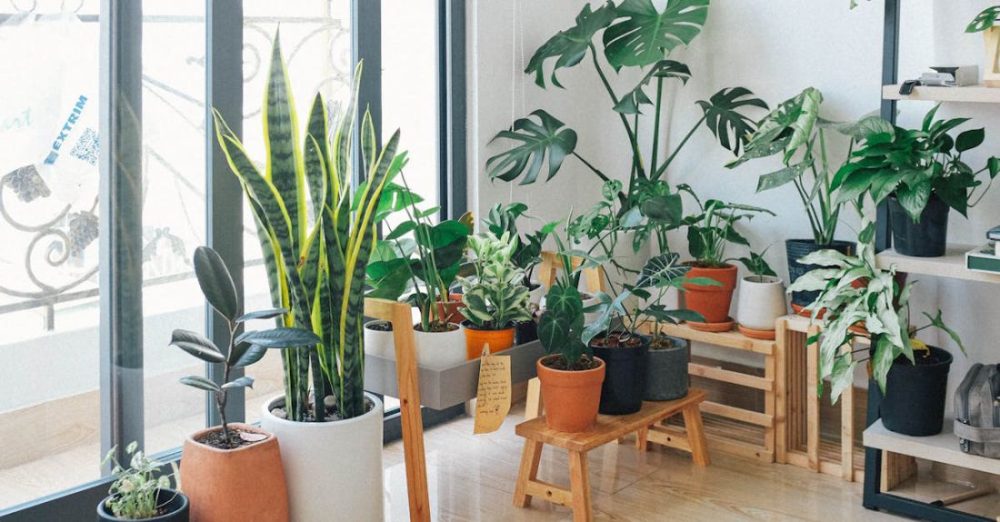
Indoor plants can bring life and vibrancy to any space, even in areas with low light conditions. While many plants thrive in bright, direct sunlight, there are several varieties that can flourish in dimmer environments. If you’re looking to add some greenery to a room that doesn’t receive a lot of natural light, here are some of the best indoor plants for low light settings.
Peace Lily
The peace lily, known for its elegant white flowers and glossy green leaves, is an excellent choice for low light spaces. This plant can thrive in shady corners or rooms with minimal natural light. Peace lilies are also relatively easy to care for, making them a popular choice for beginners. Keep the soil consistently moist and avoid placing the plant in direct sunlight to ensure its optimal growth.
Spider Plant
Spider plants are versatile and resilient, making them a great option for low light conditions. Their long, arching leaves add a touch of elegance to any room. Spider plants are known for their air-purifying qualities, making them a beneficial addition to your indoor space. Water them regularly and they will thrive even in dimly lit areas.
Pothos
Pothos, also known as devil’s ivy, is a hardy plant that can thrive in low light settings. Its heart-shaped leaves come in various shades of green, making it a visually appealing choice for indoor spaces. Pothos is a low-maintenance plant that can tolerate occasional neglect, making it perfect for busy individuals. Water it when the soil is dry to the touch, and your pothos plant will continue to thrive in low light conditions.
Cast Iron Plant
True to its name, the cast iron plant is incredibly resilient and can withstand low light levels. Its dark green, leathery leaves add a touch of sophistication to any room. Cast iron plants are drought-tolerant and can thrive in low humidity, making them an ideal choice for environments with minimal natural light. Water them sparingly and provide occasional fertilization to keep them healthy and vibrant.
ZZ Plant
The ZZ plant, with its waxy, dark green leaves, is a striking addition to any indoor space. This plant is known for its ability to thrive in low light conditions and can tolerate irregular watering. The ZZ plant is also excellent at purifying the air, making it a beneficial choice for your home or office. Place it in a spot with indirect sunlight and water it only when the soil is dry to the touch to keep it thriving.
Dracaena
Dracaena plants come in various sizes and shapes, making them a versatile option for low light spaces. Their striped or solid green leaves add a pop of color to any room. Dracaenas are low-maintenance plants that can adapt to different light conditions, including low light environments. Water them when the soil is dry and provide occasional pruning to encourage healthy growth.
Conclusion: Enhancing Your Space with Low Light Plants
Adding indoor plants to your home or office can improve air quality, reduce stress, and enhance the overall aesthetic of the space. With the right selection of low light plants, you can bring the benefits of nature indoors, even in areas with minimal natural light. Consider incorporating peace lilies, spider plants, pothos, cast iron plants, ZZ plants, and dracaenas into your indoor environment to enjoy the beauty and benefits of these resilient and vibrant plants.
